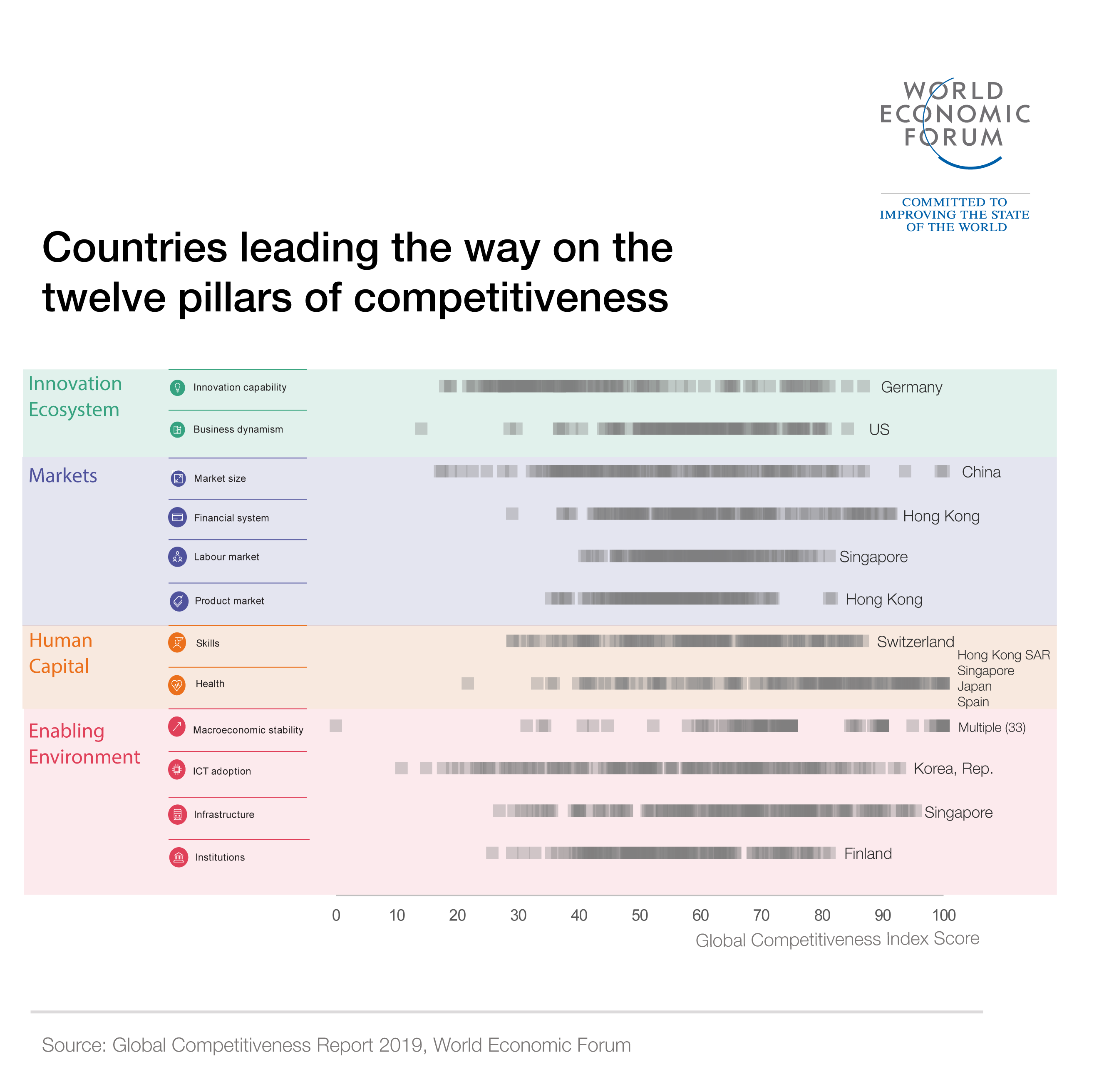
Whether the devaluation of the Ren Min Bi has made Chinese products cheaper, falling commodity prices, or demand in the global economy has fallen, the slowdown in China’s economy will weaken inflationary pressures and raise concerns about global deflation spirals (International Monetary Fund, 2016). It discusses some of the structural and cyclical factors behind inflation developments and proposes answers to two main questions: (i) What is the status of low inflation in the U.S.? (ii) What is the reason for the low inflation in the U.S.?Ĭhina’s slowdown, demographics, globalization, and ‘transitory factors’ are commonly cited reasons for the common low inflation phenomenon. This paper looks at low inflation in the U.S., with a special focus on the 1999–2016 period. The causes and potential consequences of low inflation have been an area of intense research. While inflation has recently moved up near 2%, we have seen no clear sign of an acceleration above 2%, and there does not seem to be an elevated risk of overheating”. As the Federal Reserve System (FED) Chairman Jerome Powell said at Jackson Hole conference in 2018:“Inflation has moved up and is now near the Federal Open Market Committee's (FOMC) objective of 2% after running generally below that level for six years. Over the five years ending in December 2017, the percent change in the Consumer Price Index (CPI), at 7.25% (or 1.41% at an annual rate), was the lowest rate of price increase seen in the U.S. Nevertheless, a decade after the outbreak of the global financial crisis, the central banks of the U.S., Europe, Japan, and other regions still strive to achieve their 2% inflation goals despite years of extraordinary stimulus measures.
Impacts of globalization in the next 20 years full#
At present, the global economy is either at or near full employment, but inflation remains in the doldrums. The Great Recession of 2008–2009 was one of the most severe recessions in decades, and its impact on inflation dynamics in various countries has been widely researched but is not yet fully understood. 06500106) to YX.Ĭompeting interests: The authors have declared that no competing interests exist. 71873014) to ZL and the scientific research funding of the University of Science and Technology Beijing (no. įunding: The research was supported by the National Natural Science Foundation of China (no. Drag of the technology variable were got from the Bureau of Labor Statistics Producer Price Indexes Databases. Foreign real output gap was sourced from the U.S Bureau of Economic Analysis database. Domestic output gap was sourced from the Congressional Budget Office’s website. Inflation expectations was obtained from the Federal Reserve Bank of Philadelphia’s database.

dollar index were downloaded from the St. This is an open access article distributed under the terms of the Creative Commons Attribution License, which permits unrestricted use, distribution, and reproduction in any medium, provided the original author and source are credited.ĭata Availability: All relevant data are open available from the following URLs. Received: AugAccepted: ApPublished: April 18, 2019Ĭopyright: © 2019 Lv et al.

PLoS ONE 14(4):Įditor: Jordi Paniagua, Universitat de Valencia, SPAIN and other regions.Ĭitation: Lv L, Liu Z, Xu Y (2019) Technological progress, globalization and low-inflation: Evidence from the United States. This raises a different perspective for understanding the phenomenon of low inflation in the U.S. At present, technology exerts a greater role than globalization on low-inflation in the U.S. The analysis suggests that technology and globalization well explain the low inflation dynamics in the U.S., as the impact of globalization on domestic inflation has been weakening over the past 20 years or so, while the impact of technology on inflation has been increasing. This paper uses an extended hybrid New Keynesian Phillips Curve (NKPC) model to quantify the contribution of technology and globalization variables to inflation in the United States (U.S.). In addition, technology and globalization have also played a significant role. The factors hindering the achievement of inflation targets are nothing more than commodity price, oil supply, weakness of aggregate demand, and various other factors.

Since the late 1990s, particularly since the global financial crisis, the core inflation of main developed economies’ has been persistently below target.


 0 kommentar(er)
0 kommentar(er)
